The Kitty Genovese Residence
A young woman's senseless murder led to the controversial psychological theory of the "bystander effect."
The murder of Catherine “Kitty” Genovese not only shook the quiet, picturesque neighborhood of Kew Gardens, Queens where the crime was committed, but it also shocked the nation. While questions remain over the media coverage, the legacy of the death of Kitty Genovese continues to haunt researchers to this day who struggle to understand what came to be known as the “Kitty Genovese syndrome” or “bystander effect.”
On March 13, 1964, Kitty Genovese left the bar where she worked after 2:30 am and drove to the Kew Gardens Long Island Railroad station where she regularly parked her car. The station is adjacent to an alleyway leading to the apartment she shared with her partner Mary Ann Zielonko. It is in the alleyway that Winston Moseley, who already had killed two women, attacked Genovese with a hunting knife.
Her shrieks of help were initially answered by a single neighbor who simply yelled out his window, “leave that girl alone!” Seemingly spooked by the attention, Moseley ran to his car and drove away. He returned 10 minutes later to attack Genovese again. After leaving a second time, only one neighbor, Sophia Farrar, came out to check on Genovese who died in her arms only a few feet from her home.
Two weeks later, The New York Times published an article that would bring national attention to the crime with the headline, “Thirty-Eight Who Saw Murder Didn’t Call the Police”. While the article has since been criticized for its inaccuracy and sensational reporting, the article remained influential. The paper’s description of Genovese’s neighbors either seeing or hearing parts of the attack and choosing to stay indoors led to psychologists coming to the chilling conclusion laid out in the “bystander syndrome” that states that the more people that are present, the least likely they are to help a victim.
To this day, the Genovese murder continues to be discussed in college classrooms and the story has inspired numerous fictional depictions in films and novels. In 2017, the NYC LGBT Historic Sites Project added the Kitty Genovese residence to its list of gay landmarks.
Know Before You Go
The alleyway where Kitty Genovese was murdered, is adjacent to the Kew Gardens Long Island Railroad station. The Genovese residence is above the Austin Ale House. It is a residential building so no attempt should be made to enter or contact the current occupants. It is a public walkway, but proper courtesy to residents should be respected.


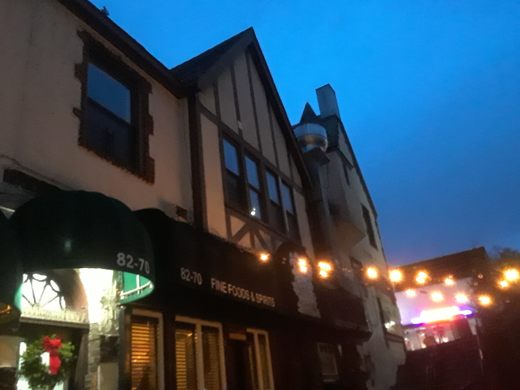
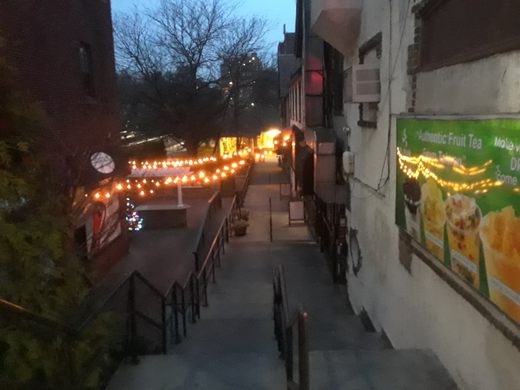
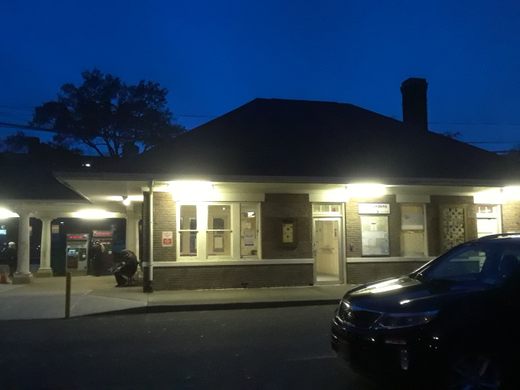


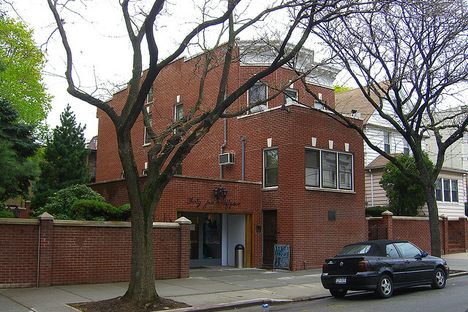




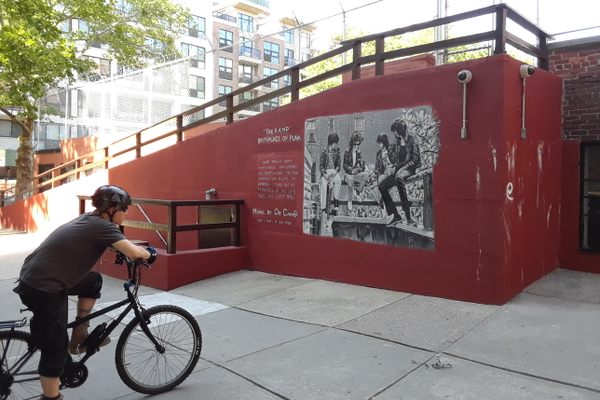


Follow us on Twitter to get the latest on the world's hidden wonders.
Like us on Facebook to get the latest on the world's hidden wonders.
Follow us on Twitter Like us on Facebook